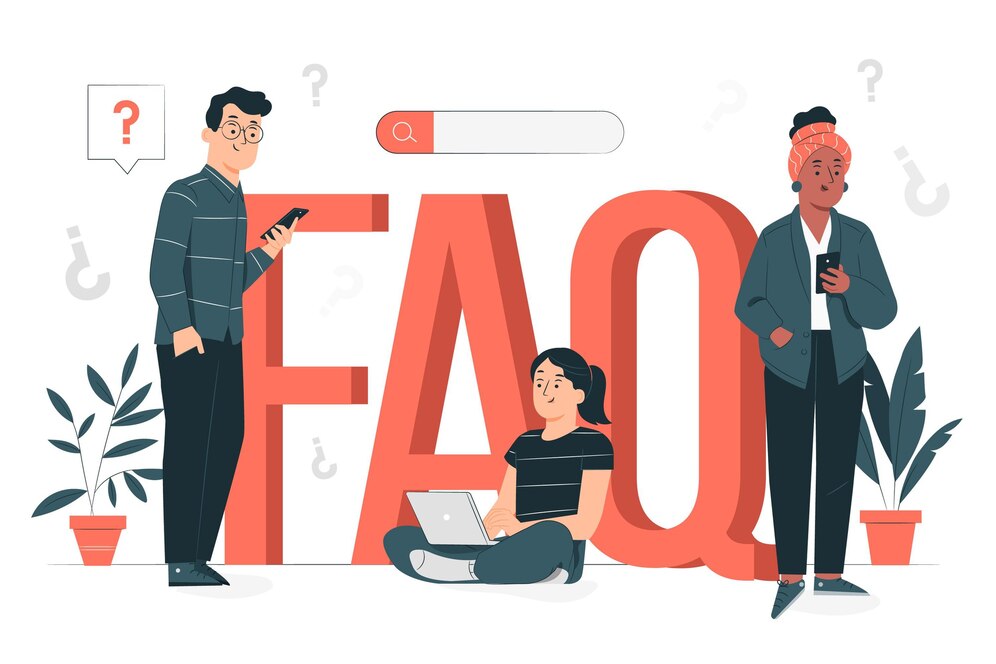Table of contents
The financial landscape is undergoing a seismic shift. At the heart of this transformation is FinTech, or financial technology—a rapidly growing sector at the intersection of technology and traditional financial services. From mobile banking apps and AI-driven investment tools to blockchain-based payment systems, FinTech is reshaping how we interact with money.
In this blog post, we explore how FinTech is bridging the intersection of technology and finance, its benefits, challenges, and what the future holds for businesses and consumers alike.
What Is FinTech?
FinTech refers to the integration of digital technologies into financial services. These innovations aim to improve and automate the delivery and use of financial services for consumers, businesses, and institutions.
FinTech encompasses a wide array of services and solutions, including:
- Mobile banking
- Peer-to-peer (P2P) lending
- Robo-advisors
- Cryptocurrency and blockchain technology
- Digital wallets and payment apps
- InsurTech (insurance technology)
- RegTech (regulatory technology)
At the intersection of technology and finance, FinTech companies aim to make financial services more accessible, efficient, and user-friendly.
The Evolution of Financial Services Through Technology
Traditional financial institutions are known for being slow-moving and heavily regulated. FinTech companies have disrupted this status quo by leveraging modern technologies like artificial intelligence, big data, machine learning, and the cloud.
1. Mobile and Online Banking
Gone are the days when banking required visiting a physical branch. With just a smartphone, users can check balances, transfer funds, and even invest in the stock market.
2. Blockchain and Cryptocurrencies
Blockchain is one of the most revolutionary technologies at the intersection of technology and finance. It ensures secure, transparent, and decentralized transactions, giving rise to digital currencies like Bitcoin and Ethereum.
3. Artificial Intelligence and Automation
AI powers tools like chatbots, fraud detection algorithms, and robo-advisors, helping both customers and financial institutions save time and reduce errors.
4. Digital Payments
Apps like PayPal, Venmo, and Apple Pay have transformed how we pay and get paid. FinTech makes it easier to conduct cashless transactions in real-time.
Benefits of FinTech at the Intersection of Technology
FinTech isn’t just about convenience—it has numerous real-world benefits:
- Increased Financial Inclusion: Unbanked and underbanked populations can access banking services via mobile apps and digital wallets.
- Enhanced User Experience: Personalized financial tools help users make smarter financial decisions.
- Cost Reduction: Automation and efficiency reduce operating costs for businesses and financial institutions.
- Data-Driven Insights: FinTech platforms use data analytics to provide insights for better budgeting, investing, and financial planning.
Challenges in the FinTech Industry
Despite its advantages, FinTech also brings challenges:
- Cybersecurity Risks: With increasing digital transactions comes the risk of cyberattacks and data breaches.
- Regulatory Hurdles: FinTech companies must navigate complex legal and compliance landscapes across different regions.
- Market Saturation: With many players entering the space, competition is intense, and user trust is essential.
The Future of FinTech
FinTech will continue to evolve, with new technologies pushing the boundaries of innovation. Some anticipated developments include:
- Greater AI Integration: From personalized investment portfolios to advanced fraud detection.
- Decentralized Finance (DeFi): Financial services built on blockchain, removing intermediaries.
- Cross-Border Payments: Streamlined international money transfers using cryptocurrencies and blockchain tech.
- Embedded Finance: Financial services integrated into non-financial platforms (e.g., buying insurance while booking a flight).
The intersection of technology and finance is no longer a concept—it’s a reality shaping the future.
5 FAQs About FinTech and the Intersection of Technology

FinTech refers to the use of technology to enhance and automate financial services for consumers, businesses, and institutions.
It offers greater convenience, faster transactions, cost savings, and access to financial services for underserved populations.
While most FinTech services use robust security measures, users should ensure they use reputable platforms and follow cybersecurity best practices.
AI is used for fraud detection, personalized financial planning, customer service chatbots, and algorithmic trading.
The future includes wider adoption of DeFi, enhanced AI capabilities, global digital banking, and greater financial inclusivity.
Conclusion
FinTech is revolutionizing the financial industry at the intersection of technology and services. As innovation continues to unfold, it will empower individuals, transform businesses, and promote economic inclusion on a global scale. Whether you’re a consumer, investor, or entrepreneur, understanding FinTech’s role today prepares you for the financial future of tomorrow.






Very interesting info !Perfect just what I was searching for!